General description
Machine task lighting is intended to provide adequate illumination of workpieces so they can be precisely produced, and the entire machining process is safely and efficiently carried through. An adjustable machine light is designed with spatial flexibility to provide lighting that is adaptable to task needs. Visual tasks performed on or inside a machine often require a specific quality and quantity of light that is not readily provided by ceiling mounted lights. Furthermore, the orientation of a workpiece is not always horizontal. It can also be vertical or intermediately inclined in between.
By installing the light source in close proximity to a workpiece and giving users control over the position and orientation of the light source, very precise, glare-free lighting can be adjustably delivered to a defined target plane that often occurs in three dimensions. Flexibly controllable task lighting is an indispensable part of machinery design as visual conditions significantly affect quality control, productivity and safety. Adjustable task lights find their footprints in many types of industrial machinery and equipment such as lathes, mills, drill presses, laser cutters and electric discharge machines.
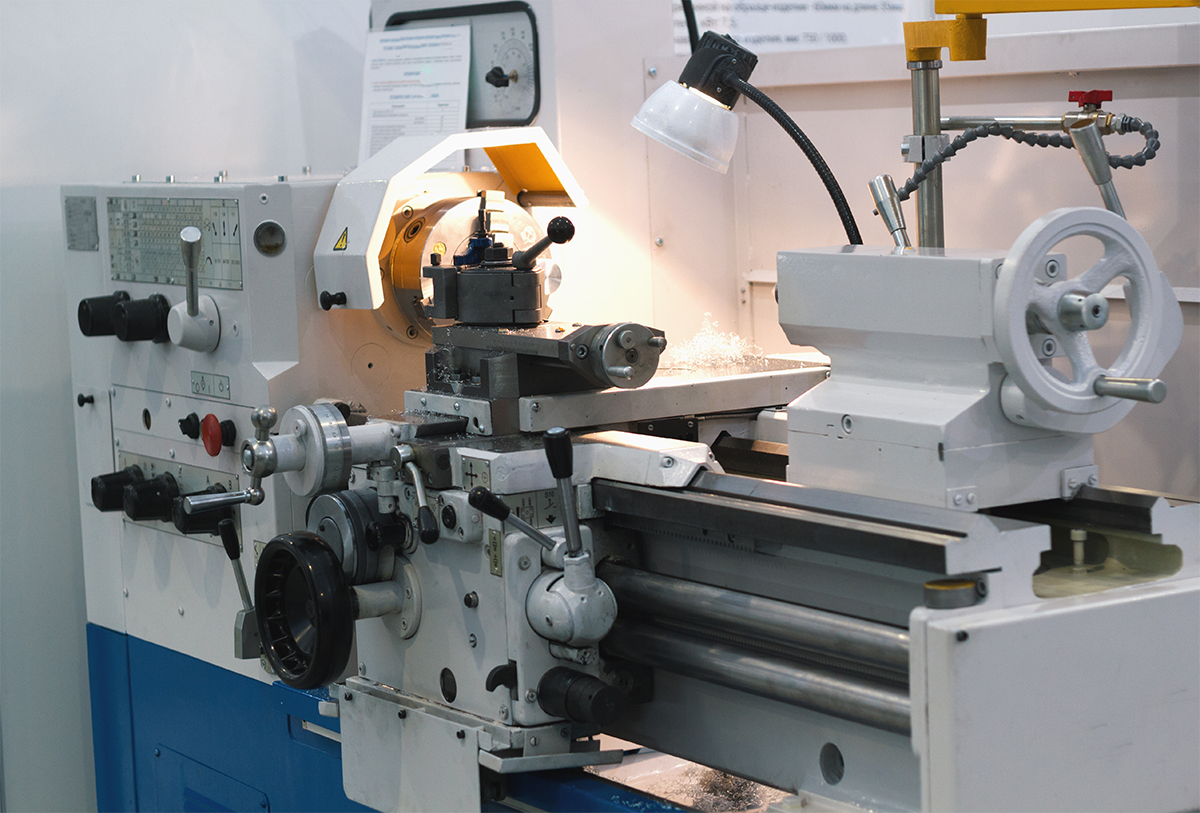
Design considerations
Industrial machine lighting needs to create a visual environment that allows workers to achieve speed, accuracy, and safety. It should supply the correct amount of light on the task area and adequately address qualitative factors such as color quality, glare, uniformity, and contrast. When selecting a machine lighting solution many different considerations must be balanced. Machining tasks take place in work planes with various orientations. Workpieces come in different shapes and sizes. Task lights in industrial environments may also need to withstand heat, cold, dust, humidity, vibrations, or impact from heavy equipment. A task lighting solution must also make economic sense. The full life-cycle costs of a lighting solution should be weighed against its initial cost.
Compared with incandescent and fluorescent technologies, LED lighting emerged advantageous virtually in every aspect of lighting. While high energy efficiency and long service life of LEDs tend to get the most attention, the use of LED technology also delivers considerable benefits with regards to lighting performance and ergonomics which clearly have a significant effect on productivity. The design freedom of LED lights means space constraints to machine task lighting can be easily handled. And there are many accompanying benefits such as tight beam control, uniform light distribution, spectrally optimized light and advanced dimming control.
LED machine lights
Adjustable LED machine lights are usually integrated LED systems as opposed to bulb-based configurations found in traditional products. Bulb-based task lights have bulky lamp heads that make them clumsy for machine-mounted lighting applications. Light distribution is controlled by a large reflector, which is not only optically inefficient, but also inadequate in beam control. Even though these products can be upgraded to LED through lamp retrofitting, they’re inherently limited in performance because the LED replacement bulbs are volumetrically constrained to accommodate high performance drivers and heat sinks. In integrated configurations, the design of LED machine lights can be tailored to the desired light distribution characteristics. The directionality as well as the small size or compactness of LEDs affords integrated LED luminaires the ability to deliver light to an intended target with high efficiency and effectiveness in a very small footprint.
Direct LED integration shortens the thermal conduction path and maximizes the surface area for convective cooling. As such, the LED junction temperature is maintained within functional limits at all times and in all operating conditions. The more effective the thermal management, the longer the useful life of the LEDs. A high level of system integration also contributes to improved product durability which is critical to enduring operation in a challenging industrial environment.
System integration
LED machine lights come in different combinations of electrical, photometric, mechanical, and thermal characteristics. These products generally operate at less than 12 watts of electrical power and produce up to 1000 lumens of white light. The integrated light head is characterized by an LED module secured by an aluminum heat sink. The LED module may be an assembly of SMD LEDs mounted on a metal core PCB or a COB LED package which is directly mountable to the heat sink. A thermal interface material (TIM) is placed between the PCB to the heat sink if there’s substantial contact resistance impeding heat flow.
The design of the LED module and secondary optics is dictated by the task size and optical control considerations. Optical regulation is achieved with devices such as diffusers, lenses and reflectors. Machine lights may be configured to distribute a narrow, medium or wide beam of light evenly. No excessively high luminance should be present within the field of view.
Selection of LEDs involves considerations on color characteristics. The correlated color temperature (CCT) of a typical LED machine usually falls in the range of 4000K to 5000K. The highest efficacy LEDs and white light with the highest stimulating effect tend to have the largest portion of white light at the blue end of the spectrum. Generally, the color rendering index (CRI) of the light source is at a minimum of 80.
LED driver
The LED driver that regulates the power to an LED or a string (or strings) of LEDs may be incorporated into the light head or installed in the base. It can be designed to accept input power of various types, including high voltage and low voltage alternating current (AC) line power, as well as direct current (DC) power. The LED driver needs to provide appropriate, tightly controlled amount of constant current to drive the LEDs under supply voltage or load variations. It may be designed to provide an adjustable lumen output through stepped or continuous dimming control.
A line-operated LED driver should have protective circuitry to defend against dirty surges from load switching that are commonly present in industrial environments. Residual ripples after the rectifier-filter stage and DC-DC converter architecture should be sufficiently in order to avoid light flicker as well as potentially dangerous stroboscopic effects that will give an incorrect assessment of the speed of the machinery. Some industrial applications set high standards for the electromagnetic compatibility (EMC) design of the switched mode power supply (SMPS) which generates electromagnetic interference (EMI) during high frequency switching operations.
Mechanical engineering and corrosion control
LED machine lights should be ruggedly built to withstand possible rough handling and tough operating environments. Machine mounted LED task lights need to be extremely resistant to vibration and impact. Formation of high reliability of the solder joint between the LED package and MCPCB is therefore of a significant importance. The LED module is protected by an impact resistant tempered glass lens and a durable aluminum housing. All exposed metal surfaces of machine lights should be corrosion protected. The effects of continuous exposure to humidity and liquid should be averted with high levels of ingress protection.
Positioning and aiming
Adjustable LED machine lights provide positioning and aiming ability through the use of gooseneck and articulating arms. Articulating-arm lights tend to provide a high stability, especially when they subjected to vibrations. Gooseneck-arm lights are usually more flexible in adjustment, especially in tight spaces. There’re also products that come with a simple pivoting mechanism which is typically used to support heavier luminaires.

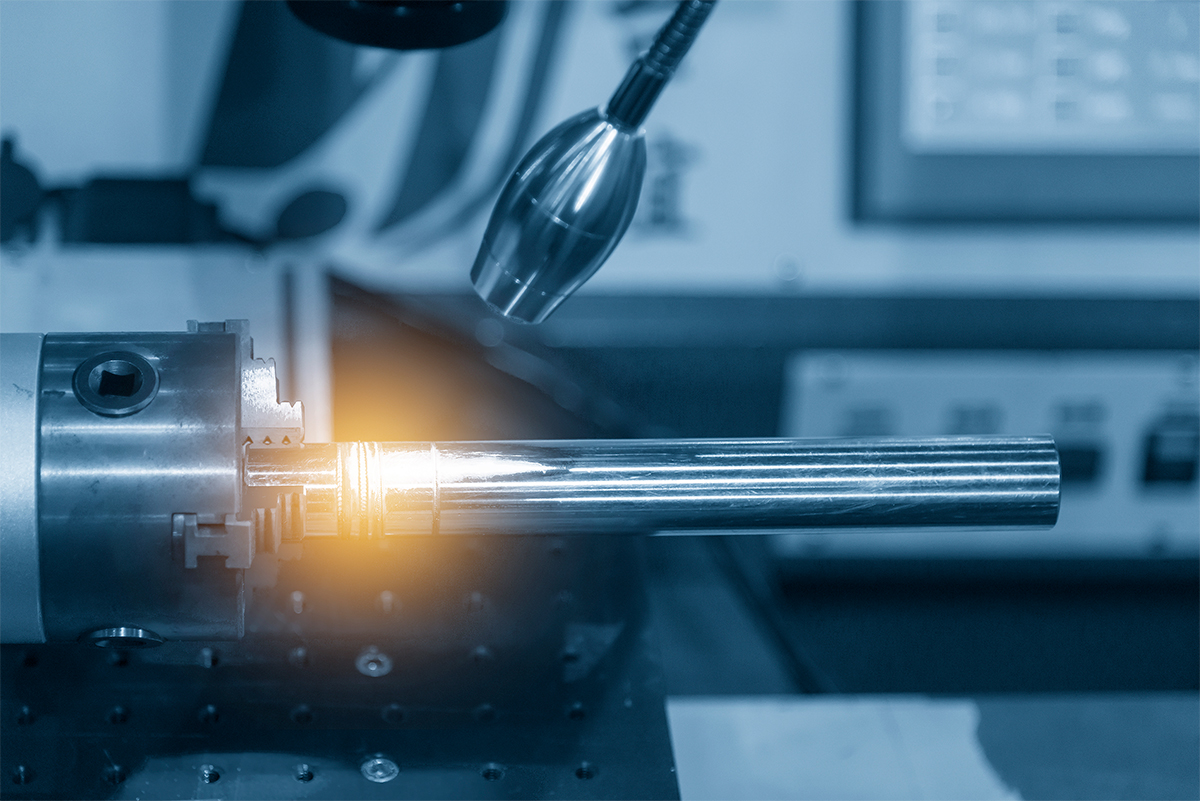
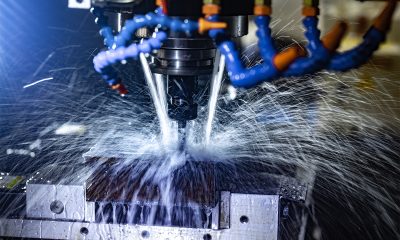
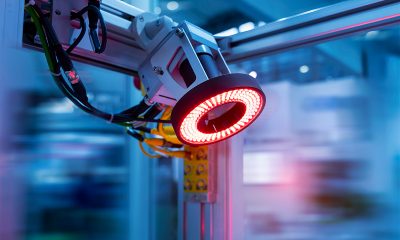




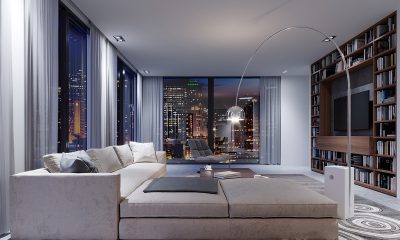








Loading...